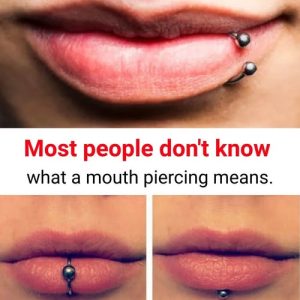Donald Trump recently pledged via his Truth Social platform that nearly all Americans will receive a $2,000 “dividend”, funded by revenue from his aggressive tariff program. He framed this as a populist, pro-worker move — claiming the tariff receipts are so large that they can pay out citizens (excluding “high-income” individuals) and help reduce the U.S. national debt. According to Trump, those who oppose tariffs are “FOOLS,” and he points to what he calls “almost no inflation” and a “record stock market price” as proof that his tariff strategy is working. He insists that the U.S. is now generating “trillions” in tariff revenue — enough not just to reward citizens, but also to chip away at a gargantuan national debt, which he says is around $37–38 trillion.
But from the start, his announcement was vague. Trump never clearly defined what he meant by “high-income,” nor gave a timeline for when people would actually receive the payments. That uncertainty has sparked real skepticism. Financial analysts immediately questioned whether the plan is realistic, pointing to a huge funding gap and a lack of legal certainty. Without firm eligibility rules or a distribution mechanism, it’s unclear who would qualify — or how the government would operationalize such a massive payout.
Budget experts have run the numbers and deemed the proposal deeply problematic. According to Erica York, vice president for tax policy at the Tax Foundation, a $2,000 payment to everyone under a hypothetical income cutoff (for example, $100,000) could cost nearly $300 billion. The nonpartisan Committee for a Responsible Federal Budget (CRFB) goes even further: depending on who qualifies (children included or not), the plan’s cost could reach $600 billion. That’s a big problem — because while tariff revenue has surged, it’s not nearly enough to cover a program of this scale, based on current estimates.
The legal risk is another major obstacle. Trump’s tariff program relies heavily on powers granted by the International Emergency Economic Powers Act (IEEPA), but multiple courts have struck down aspects of his tariff strategy. In V.O.S. Selections, Inc. v. Trump, a panel of the U.S. Court of International Trade ruled in May 2025 that the tariffs went beyond what IEEPA allows. The court said that the national emergencies claimed by Trump don’t justify the sweeping tariffs, and that Congress did not give the president “unbounded tariff authority.” A federal appeals court agreed in August, ruling 7–4 that his tariff power exceeded what IEEPA legally permits. While that ruling is currently under stay (meaning the tariffs remain in effect while the case is appealed), the legal foundation of the “dividend” is very much in jeopardy.
If the courts ultimately reject his IEEPA-based tariff program, the revenue he’s counting on could disappear — potentially killing the dividend before a single check is sent. The Supreme Court is now considering the case: the Trump administration has appealed, seeking a fast-track review. If the justices side with lower courts, not only could the tariffs be invalidated, but the money that was supposed to fund the $2,000 payout might have to be refunded to importers — leaving very little left for the proposed “dividend.”
Politically, this promise is a high-stakes gamble. On one hand, it’s a very tangible pledge — not just policy jargon, but a clear cash figure that could mobilize working-class support. But its success hinges on two things that are anything but certain: legal validation of the tariffs and Congressional approval of the payout structure. Even Treasury Secretary Scott Bessent has cautioned that the plan isn’t set in stone, emphasizing that legislation would likely be needed to deliver on the dividend. If it fails or falls apart, it could damage Trump’s credibility — not just on trade, but on his broader economic promises.


